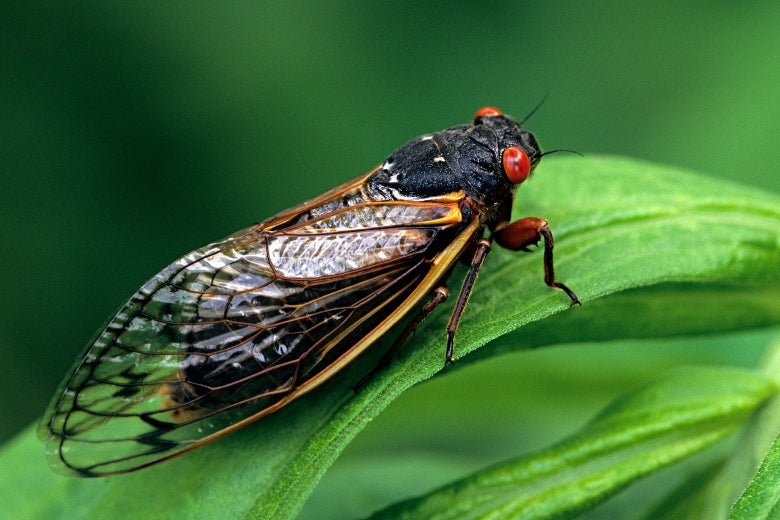
Like something out of a horror movie, the Brood X cicada emerges once every seventeen years to wreak havoc on trees and shrubs only to disappear several weeks later. If you lived in the eastern United States in 2004, then you probably remember seeing, and hearing, these noisy insects proliferate. Well, seventeen years later, they are expected to emerge again this year in 2021. Only this time you will be prepared. This article brought to you by Southern Star Tree Service in Atlanta is dedicated to the Brood X cicadas and how you can protect your trees and shrubs from the pests. If you have any questions or concerns, or if you want to hire an ISA-certified arborist, then feel free to call Southern Star Tree Service to get in touch with a courteous professional.
The Brood X Cicada
Brood X is a group of cicadas that have orange wings, red eyes, and a familiar inharmonious shrill. Throughout the eastern United States, billions of Brood X emerge from their underground burrows once every 17 years to mate. In fact, that cacophonous noise is the sound of males trying to attract the females. Once a female catches a tune she likes, she will silently click her wings. Each female cicada lays about 600 eggs on the underside of young tree branches. These newly laid eggs will hatch in a matter of a few weeks and the resulting nymphs will fall to the ground, dig in, and hunker down for the next 17 years. Down in their dwelling, the nymphs will feed on the xylem of tree roots until they have matured and are ready to emerge like their predecessors.
The Brood X cicadas are expected to arrive when the soil temperatures reach around 64 degrees Fahrenheit, sometime in April or May, depending on the location.
Their Effect on Trees and Shrubs
Brood X cicadas are not harmful to humans, but they can harm trees and shrubs. As we mentioned earlier, the Brood X cicada feeds on the nutrients of the tree and its roots. This feeding activity rarely causes major damage, though. It is the egg-laying activity that is more of a threat. Females use a saw-like appendage to cut slits in twigs and branches of trees and shrubs. The slits are where the females lay their eggs. In fact, a single female can produce as many as forty of these punctures. Luckily, even this damage is mostly aesthetic. Still, it can cause harm in rare cases.
What Can You Do?
If you want to protect vulnerable or high-value trees and shrubs, then you can cast nets over the crowns of trees and shrubs. However, this netting can deform new growth of the tree. This deformation can be worse than the damage that a Brood X would cause. Alternatively, you can hire an ISA-certified arborist from Southern Star Tree Service once the cicadas have returned underground. The certified arborist can evaluate tree and shrub damage then take the necessary steps to aid the tree’s recovery.